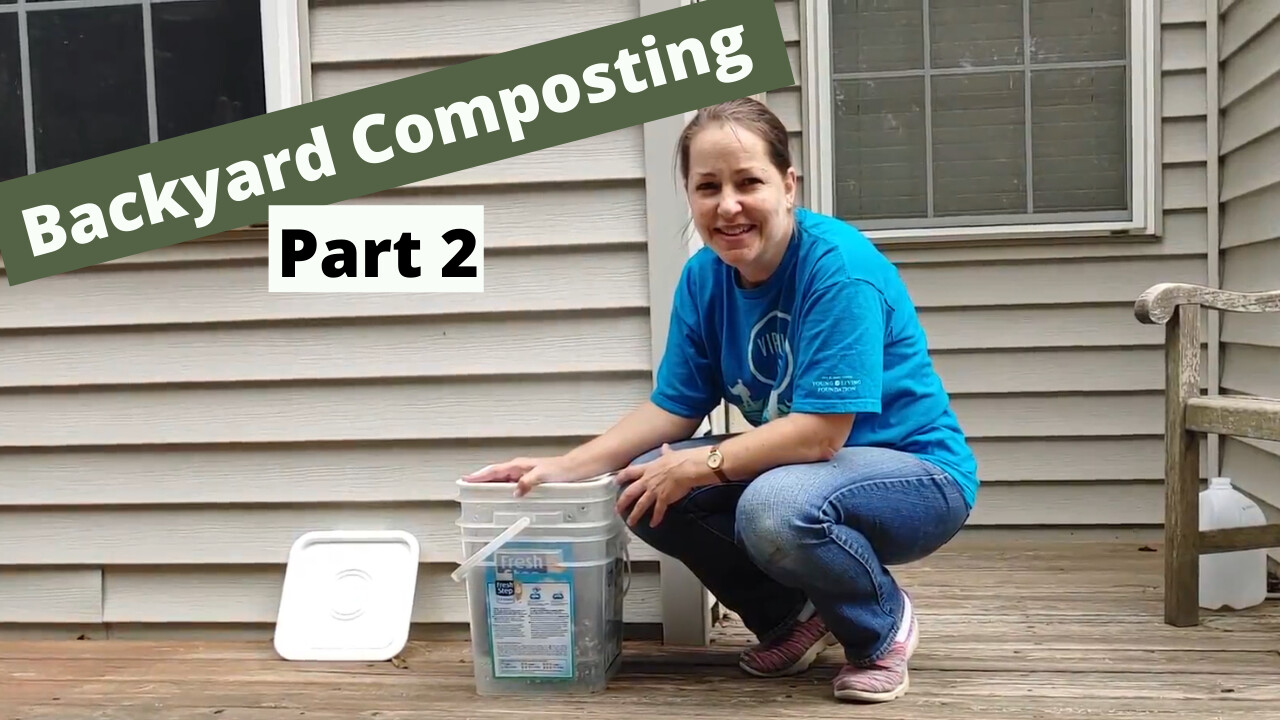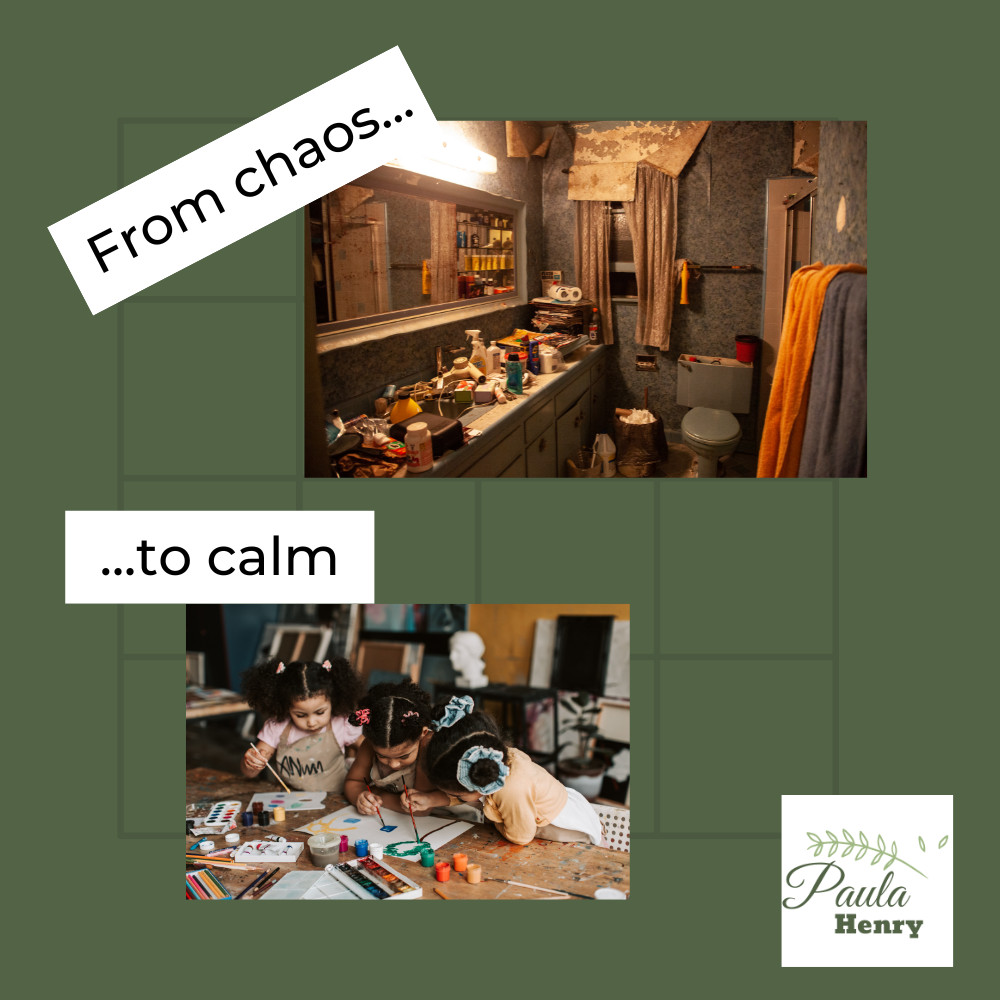
In my previous post, I showed how I prepared my two-bucket system from empty cat litter bins I obtained from one of my friends. Once the initial layers of material were in place, there was not much that I needed to do except keep an eye on it.
Across the next 4 weeks, I checked on my compost routinely – at least twice per week to give it air and mix it up a bit. I used a regular garden trowel to access the material at the bottom of the bucket to bring it to the surface. I tried to make sure to keep the food scraps in the middle of the pile as much as possible, as I had read that’s where they should be.
I also fretted about whether it was too dry or too wet and whether the ratio between browns and greens was right. I added water when it got too dry and added dry materials when it seemed to wet. Not much changed on a day to day basis, but across the weeks, I could see that the food scraps, eggshells and other greens were breaking down slowly.
There were some sprouts that popped up along the way, and I just plucked them out as I saw them. Not being sure what they were coming from, I didn’t consider eating them. I’m happy to indulge in sprouts that are from beans, but the unknown? I’m not that adventurous.
I checked for heat to be generated from my little bucket. Composting in this way should be generating heat, so adding more food scraps and greens when the temperature of the pile seemed to drop helped with this.
Lastly, I added some dried leaves on top of the bin as someone suggested this would help the compost break down better as well as keep down the bugs. I certainly saw a good number of tiny flies in the bin. I will show you what happened in the next post. Stay tuned.
Here's a link to the second video that I did in this series:
Interested in learning more about earth-friendly options? Join my free group here.
Get my free guide: 4 Ways Being Earth-Friendly Can Change Your Life for the Better HERE.















0 Comments